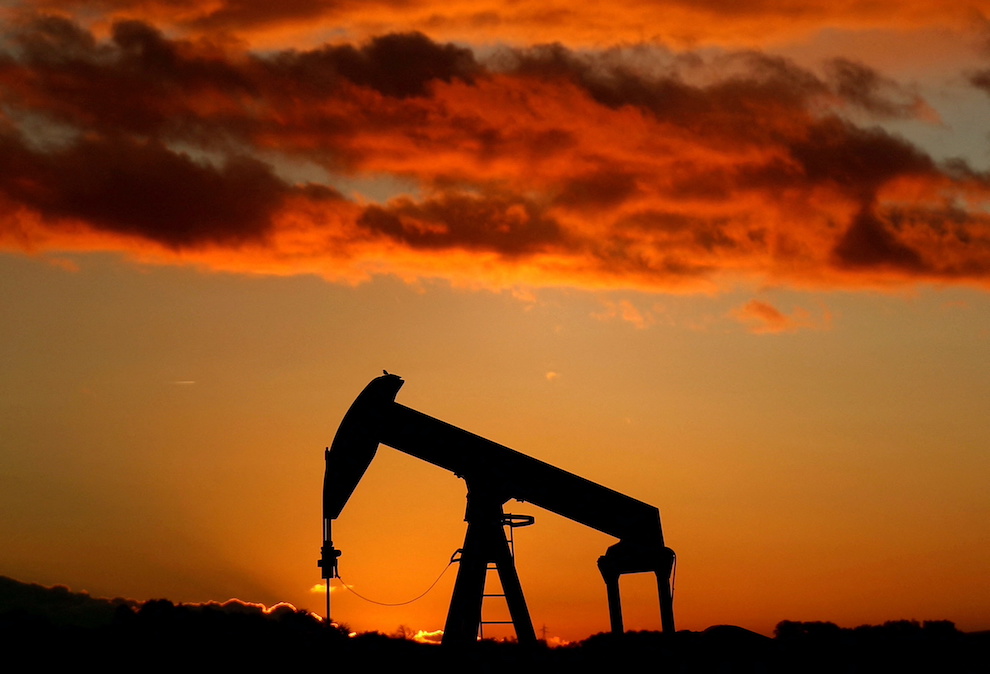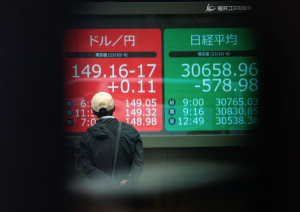Global energy leaders will meet this week as oil prices have reached levels not seen for a decade at more than $110 a barrel.
Gas prices have also reached record highs, delivering a combined rise in energy costs that is slowing economic growth.
That’s the chaotic backdrop to CERAweek, the leading energy conference scheduled to begin in Houston this week.
“We’re meeting not only at a time of political turbulence but also turbulence in the energy markets – extreme turbulence of a kind that’s rarely been seen,” said Daniel Yergin, author and vice chairman of S&P Global, which presents the conference.
Sanctions by the US and allies on Russia’s financial system have already set in motion a backlash against Russian crude from banks, buyers and shippers, stalling oil supplies to refiners in Asia.
“I think you’re talking about losing 2-3 million barrels a day,” John Kilduff, partner at Again Capital, said.
Bank of America has estimated that for every million barrels lost from the market, the price of Brent could rise by $20 per barrel.
Though demand for oil and products continues to grow in the region, buyers are left grappling with stunted supplies and rising crude prices.
Kilduff told CNBC he expects Russian pipeline oil to continue to flow to China. Beijing said it will not join sanctions against Russia.
High oil and gas prices should encourage fuel demand destruction and make renewable energy and battery cars more competitive – although $100 oil isn’t necessarily good for the transition.
Dependence on Oil and Gas
Advocates of renewables say that additional fossil-fuel investment now will only increase the world’s dependence on oil and gas at a time when the climate continues to warm – and Russia’s actions makes transitioning to cleaner fuels more desirable.
“These prices will affect how people operate,” said Yergin. “It may make people more interested in electric cars.”
While sanctions efforts have specifically not targeted oil and gas, Russian oil companies are having trouble selling barrels as buyers effectively “self-sanction” to avoid unwittingly falling foul of existing or future sanctions.
That has exacerbated already short supplies, adding pressure on oil producers to increase output as global demand surpasses pre-pandemic levels.
After cutting spending and production during the depths of the coronavirus pandemic, however, the industry has been in no shape to match the growth in consumption.
Producers are routinely falling short of their targeted supply increases, and the number of operating US oil rigs, while rising, is still 24% below where it was prior to the pandemic.
Executives are weighing the need for more oil in the short term with the pressure they face to pump less in the long term as the economy transitions away from fossil fuels.
This year’s CERAWeek is expected to attract more than 45,000 attendees and features numerous presentations on the energy transition – including a Monday kickoff discussion with US climate czar John Kerry.
CERAWeek was cancelled in 2020 as the pandemic exploded, and last year’s event was held virtually at a time when oil-and-gas demand was beginning to rebound.
- Reuters, with additional editing by George Russell
READ MORE:
Why $100 Oil Could Hurt, Not Help, The Energy Transition
HSBC Targets 34% Oil And Gas Emissions Cut By 2030
Vietnam Refinery Fails to Tap Oil Boom – Nikkei Asia
























